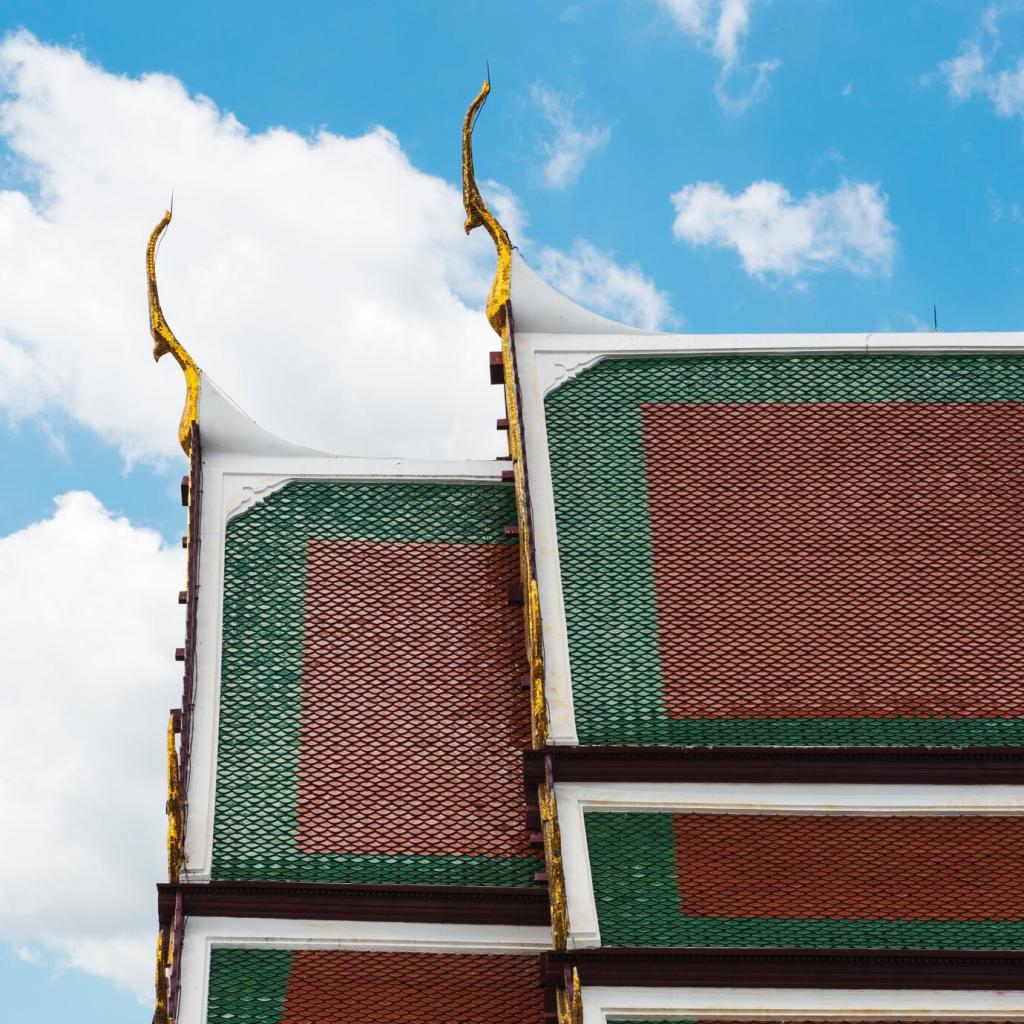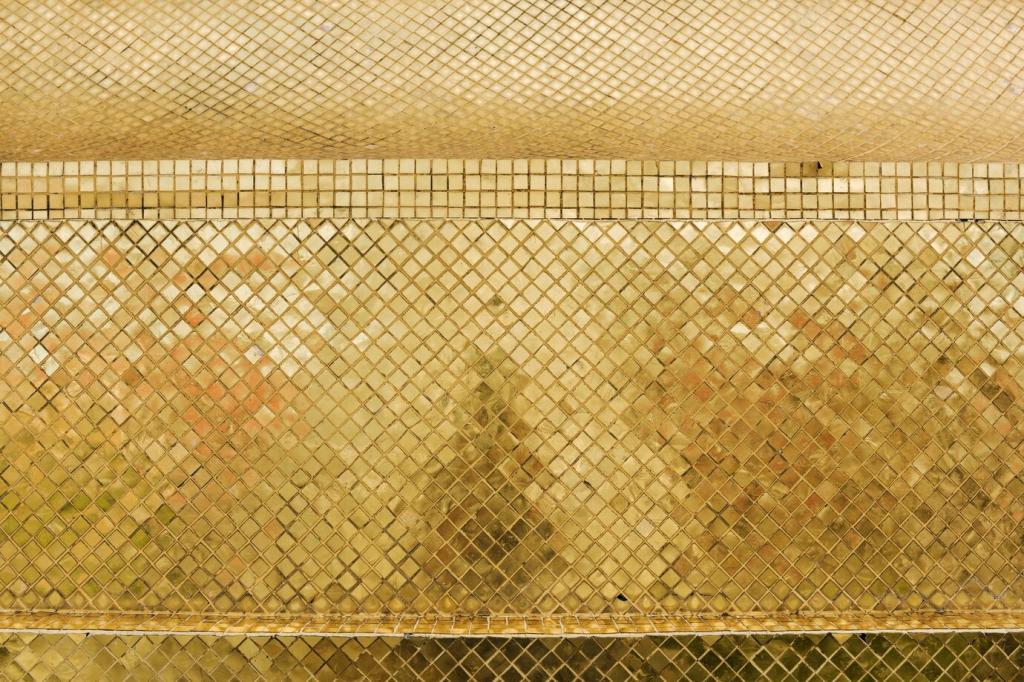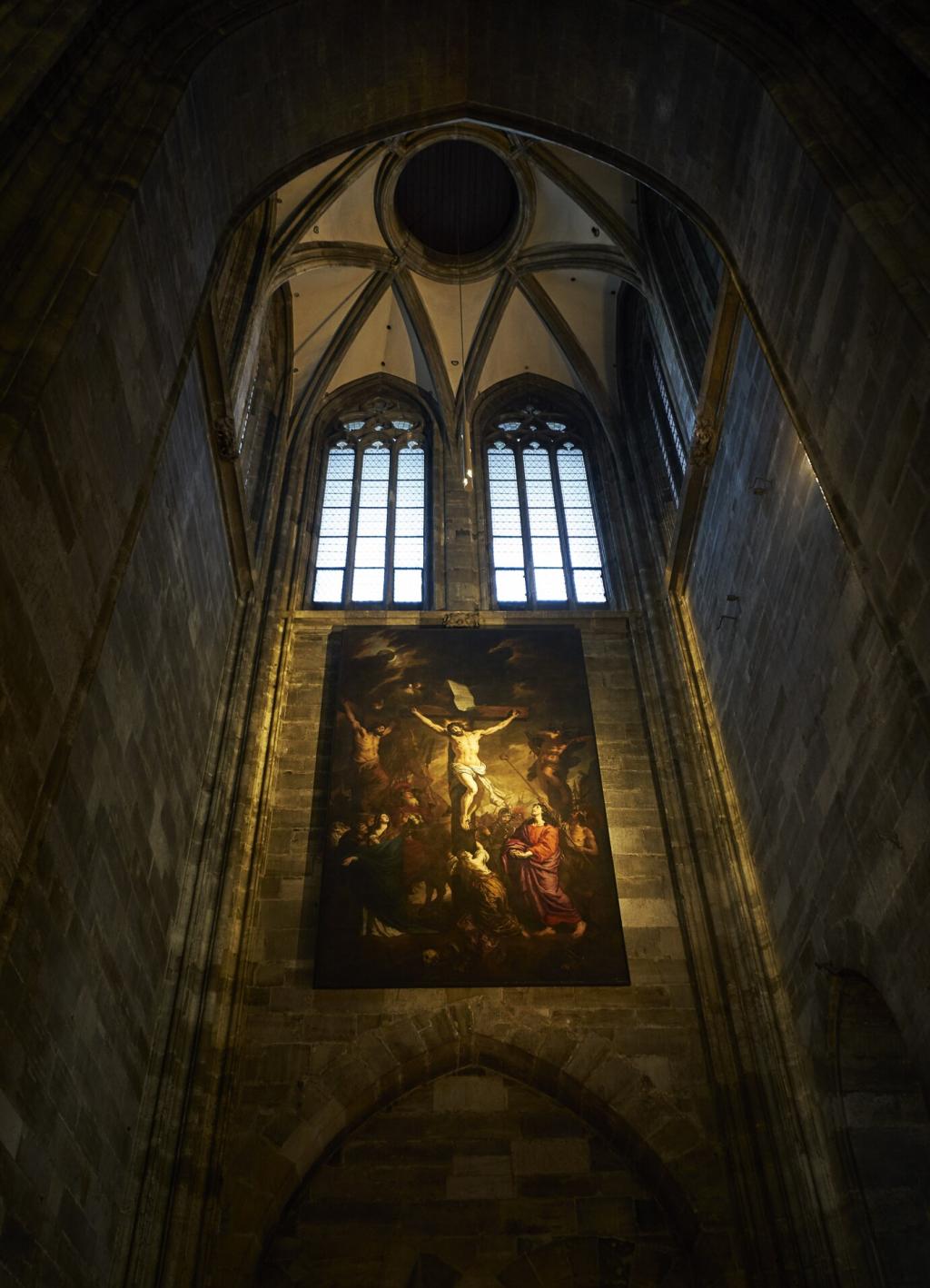Entering the Enigmas: Symbolism in 19th Century Art
Today’s chosen theme: Symbolism in 19th Century Art. Step into a world where dreams speak in color, myths whisper through line, and every image hides a secret invitation. Read on, share your reflections, and subscribe to continue this luminous journey.
Where Symbolism Began
A Reaction to Materialism
In the late nineteenth century, painters pushed back against industrial bustle and positivist certainty. Instead of recording appearances, they pursued the unseen—suggestion over description, silence over noise—so a painting could feel like a whispered thought rather than a shouted fact.
Poets as North Stars
Symbolist painters read Baudelaire, Mallarmé, and Rimbaud, absorbing ideas of correspondences and synesthesia. Poems became roadmaps for images; color and contour acted like syllables. If a verse could perfume the air, a brushstroke could echo it, inviting contemplation beyond words.
Secret Societies and Salons
At Joséphin Péladan’s Salon de la Rose+Croix, art mingled with ritual and mysticism. Visitors encountered esoteric iconography, solemn oaths, and theatrical display. If you’ve ever craved art that feels like ceremony, comment below and tell us which ritualistic motifs draw you in.
Decoding Motifs and Metaphors
Salome, Judith, and the Sphinx flicker through Symbolist canvases as figures of desire and danger. Jewel-toned fabrics and serpentine lines dramatize unease. Do these women warn of excess or promise freedom? Share your reading of a favorite femme fatale scene with us.


Decoding Motifs and Metaphors
Odilon Redon’s floating eyes and dreamlike balloons drift through charcoal twilight, where logic loosens its grip. Thick pastels bloom like thoughts halfway spoken. Which nighttime image lingers with you after lights out? Reply with a memory a painting once stirred awake.


Color, Line, and Technique
Soft contours and arabesques resist hard borders, letting forms hover between clarity and haze. This ambiguity invites participation, as if viewers finish the image inside themselves. Try slowing down with a drawing today, noticing where the line seems to hesitate and dream.
Color, Line, and Technique
Emerald, amethyst, and gold arrive like chords rather than labels, their harmonies felt more than named. Some painters pursued synesthetic effects, where hues suggest sound or scent. If you love palettes with mood, subscribe for future color studies inspired by Symbolist canvases.
Artists to Know
Gustave Moreau
In Moreau’s labyrinthine canvases, crystalline ornaments flash beside prophetic stares. His Salome pivots between seduction and destiny, every jewel a breath held. A visitor once said they felt the room quiet around a single earring; share the detail that hushed you once.
Odilon Redon
Redon’s noirs peer from velvety darkness—cyclopes, flowers, and eyes drifting like thoughts. Later, his color blossoms into tender hallucination. I remember seeing a small lithograph that felt enormous, as if it swallowed time. Which small artwork once expanded space for you?
Arnold Böcklin
In multiple versions of Isle of the Dead, a boat approaches a cypress island, grief and calm interwoven. The painting seems to listen more than speak. If you’ve ever met a quiet masterpiece, tell us how it changed the way your footsteps sounded.
Sound, Story, and Stage
Artists borrowed the idea of leitmotif—recurring themes that guide emotion—while Debussy aligned with Symbolist poetics in sound. A canvas might hum with unseen chords. Want playlists that echo brushstrokes? Subscribe and we’ll pair albums with paintings for your next slow-looking session.
Sound, Story, and Stage
Mallarmé’s constellations of words and Baudelaire’s perfumes of thought drifted into images. Translators of Poe fed visions of twilight rooms and haunted interiors. Which poem has ever changed the temperature of a gallery for you? Share a line that still colors your seeing.
Sound, Story, and Stage
Stages adopted symbolic gesture, masks, and luminous sets, creating atmospheres where plot yields to aura. Costumes became moving metaphors, and silence learned choreography. If theater has ever felt like walking into a painting, tell us which scene bent time around your seat.
Looking Today: Symbolism’s Living Legacy
From Symbolism to Surrealism
Dream logic, psychological interiors, and charged objects lead forward through Munch, de Chirico, and the Surrealists. The Symbolist whisper became a manifesto of the unconscious. Which modern work still feels like a dream you can walk through? Tell us what it says.


Design and Everyday Auras
Art Nouveau posters, bookplates, and even contemporary branding use suggestive line and emblematic imagery. Tattoos and album covers carry private symbols into public view. What emblem accompanies you daily—a flower, a creature, a star? Comment with its meaning and why it chose you.
